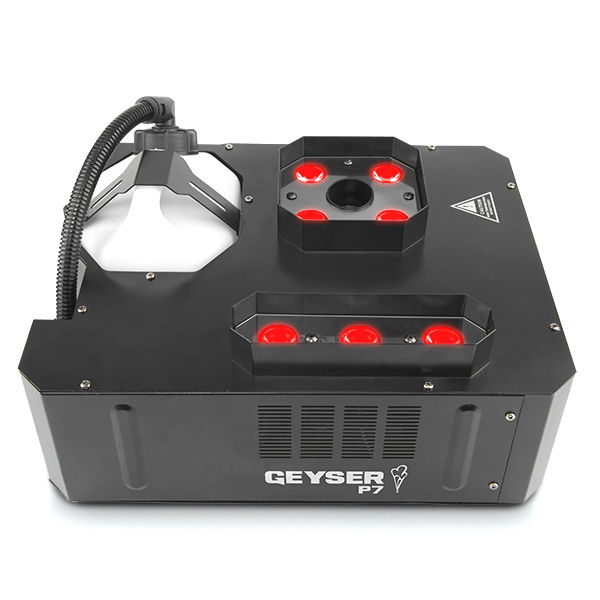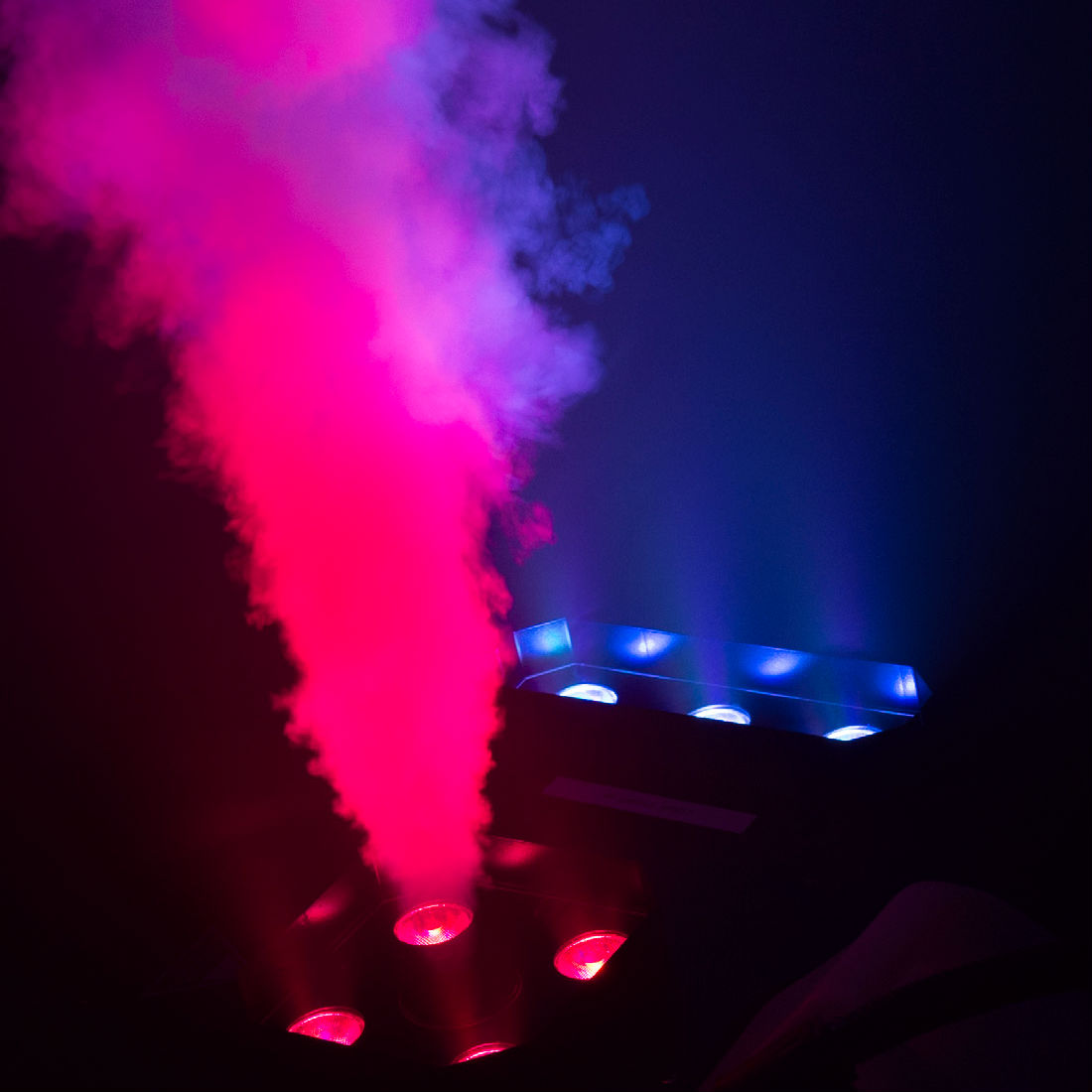Lighting -- Location, Location
One of the most important decisions you'll make when building a lighting system, right after deciding which fixtures you want and how you'll power them, is where the fixtures will live. The position of a lighting fixture can drastically affect the amount of illumination (light on the subject) as well as the overall "look" of the lighting. When choosing your lighting positions, consider both the distance from the fixture to the subject and the angle of the light.
The distance between the fixture and the subject is called the 'throw distance' and is important for two reasons. As light rays travel out from the lamp they are constantly diverging. This means that the beam of light will cover more of an area, but with reduced illumination. The scientific jargon for this phenomena is called "The Law of Squares," which the Backstage Handbook describes thus "Light intensity decreases in an inverse proportion to the square of the distance." To this statement, we can add that the area of coverage increases in a direct proportion to the square of the distance.
An example at this point may be helpful. Imagine you have a light fixture placed one foot away from a wall, and that it illuminates one square foot of the wall at that distance. If you move the light back so that it's two feet from the wall, it would illuminate four square feet of the wall, but the intensity would be one-fourth. Similarly, at four feet away it would cover sixteen square feet at one-sixteenth the original intensity.
Every lighting fixture is somewhat different, but for most of the PAR cans that we carry you'll want a throw distance of between 15 - 20 feet. This will allow for a decent area of coverage without reducing the intensity of the light too much. Remember, when computing the throw distance for your fixture that you have to figure for both the floor distance as well as the height at which the fixture is hung. This is when most of us wish we'd paid more attention in geometry class. Basically, the throw distance is the hypotenuse of a right triangle with one leg being the floor distance and the other leg the height. The formula you wish you could remember is
Formula Legend: ^2 = squared
A^2 + B^2 = C^2 where A and B are the two legs and C is the hypotenuse. For example, a light that is 15 feet away and at a height of 8 feet would have a throw distance of 17 feet (15^2 + 8^2 = C^2; 225 + 64 = C^2; 289 = C^2; 17 = C).
In addition to throw distance, the angle of the light plays an important role in how your lighting will look. I'll try to explain this concept without going into mind-numbing detail. The most natural looking light will emulate the lighting angles found in nature. Since all natural light comes from the Sun, you'll want your fixtures to be placed above the head height of your subject. Light from a steep angle (on top of the subject) will compress facial features, "squashing" the subject; low angle (head height) light will wash out facial features, making the subject appear almost two-dimensional; light from below the subject (think of footlights) will create an unnatural and spooky effect. The most natural angle for your light is about forty-five degrees above head height, but you can vary this without too much worry about the overall look.
As you decide on placement for your lights, you'll soon realize that implementing a lighting design almost always involves some degree of compromise. The overall design will be affected by budget (how many lights and stands can I afford?) physical limitations of the space (where can I place stands?) and the look that you wish to create (is this a hard-rock band that wants an unnatural look for their lighting?) Creating a plan that allows you to get the look you want within the limitations of space and budget is what good lighting design is all about. Good luck!
*********************************************
Theatre Effects Customer Service Department
service@theatrefx.com
www.theatrefx.com
Theatre Effects, 1810 Airport Exchange Blvd. #400, Erlanger, KY 41018
Phone: 1-800-791-7646 or 513-772-7646 Fax: 513-772-3579









